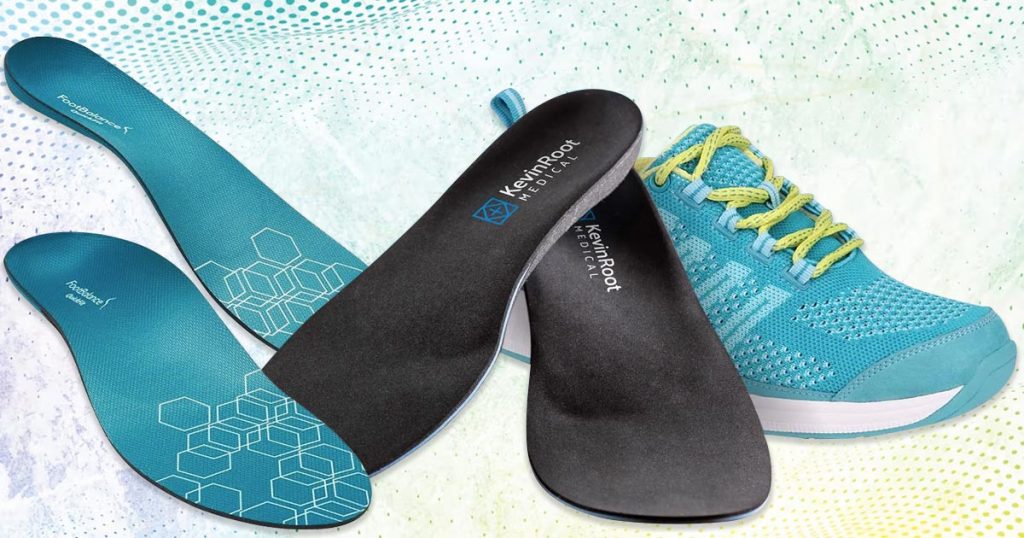Ever come home after a long day and just want to kick your shoes off because your feet are killing you? You’re definitely not alone. Foot pain can mess up your mood and your routine.
Often, the real culprit isn’t just how much you walk but what you’re walking in. That’s where orthotic and orthopedic shoes come into play. Both are designed to support your feet, but they work in different ways. Knowing which one you need can save you a lot of discomfort and money.
What Are Orthopedic Shoes Used For?
Orthopedic shoes provide comfort and support. They help people manage foot problems caused by medical conditions like arthritis, diabetes, or bunions. Even if you just stand all day at work, they can help ease that tired, achy feeling in your feet.
These shoes aren’t your regular sneakers. They usually have more room in the toe box, good arch support, and firm heel counters. Some even come with extra depth to make space for insoles or swollen feet.
Basically, they’re made to make your feet feel better when walking starts to hurt. If you’ve got a general foot issue and need something right away, orthopedic shoes can be a good place to start.
Now Let’s Talk About Orthotics
Orthotics are inserts you put inside your shoes. But not just any inserts, these are custom-made to match the shape of your feet. A foot specialist usually creates them after checking how you walk, stand, and where your feet might be out of alignment.
People use orthotics for stuff like plantar fasciitis, flat feet, overpronation, and even lower back pain. They’re great at spreading out pressure evenly and keeping your foot in the right position.
Think of them like glasses for your feet. They don’t just feel good, they fix things. And because they’re custom, they’re built just for you.
Choosing Between Orthotics and Orthopedic Shoes
When to Go for Orthopedic Shoes
Orthopedic shoes are a solid choice if you’re looking for immediate relief without getting too technical. They’re perfect for:
- General foot discomfort that comes from standing or walking a lot
- Mild conditions like flat feet or sore arches
- People who want a quick fix for common foot issues, without having to get a custom fit
They’re also great if you want something that you can buy off the shelf without needing a specialist. If you’re recovering from surgery, have diabetes, or just need shoes with added support, orthopedic shoes are a great go-to. They’re easy to wear and comfortable from the get-go, making them a low-maintenance choice.
When to Go for Custom Orthotics
If your foot pain persists or seems like it’s coming from deeper issues, custom orthotics might be the answer. Here’s when you might need them:
- You’ve tried regular orthopedic shoes or insoles and still feel pain
- You’re dealing with specific foot problems like heel pain, plantar fasciitis, or misalignment
- You want a tailored solution that addresses your exact foot shape, pressure points, and walking style
How to Know What’s Best for You
Start by considering your symptoms. If you experience general foot pain after being on your feet all day, or just need extra comfort for regular activities, orthopedic shoes might do the trick. They’re affordable, readily available, and get the job done for most everyday foot problems.
Invest in custom orthotics to address ongoing pain or correct improper foot alignment. They fit your unique foot structure and walking pattern, effectively addressing specific problems.
It really comes down to how serious your foot issues are and how much support you need. Start with orthopedic shoes, but choose custom orthotics for a more precise, long-term solution.
Let Your Feet Lead the Way
Your feet work hard every day. They deserve the right kind of support. Both orthotics and orthopedic shoes can provide the support your feet need. Just think about what’s ailing you to help you decide which to pick.
If you’re still stuck, don’t guess. A quick trip to a podiatrist can give you the answer. They’ll check your gait, look at your feet, and help you find what actually works.
